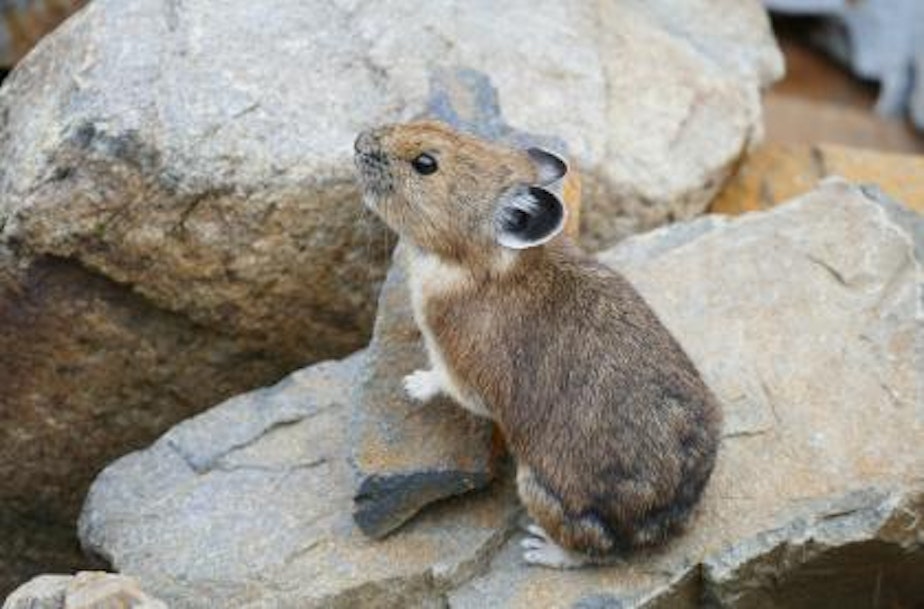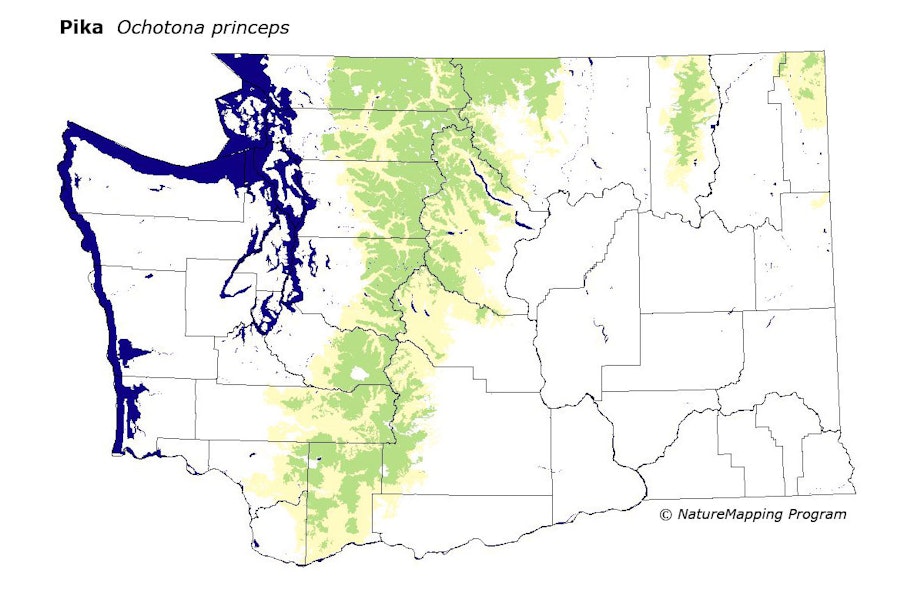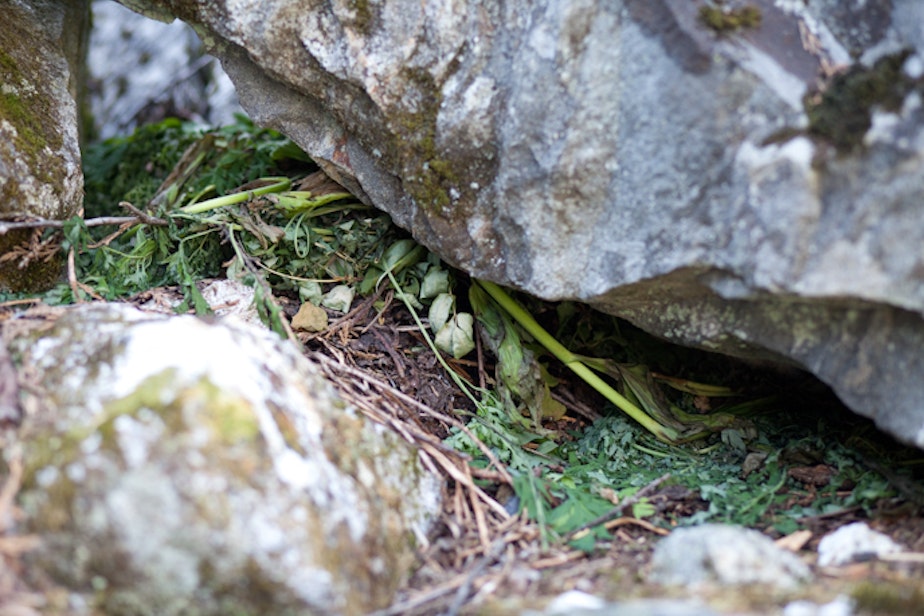How to search for a real-life Pikachu while hiking: Travel For Good

The American pika, sometimes likened to Pokemon’s Pikachu, is a furry member of the rabbit family that’s about the size of a baked potato.
They rely on cold temperatures, snowpack, and meadows of fresh flowers. And they're extremely vulnerable to climate change.
That’s where the public comes in.
For the last few years, scientists have encouraged people in Washington state to document pika encounters. Local pika researchers say citizen scientists are actually providing most of the data on pikas in the wild. But they still need help.
The state wants a clearer picture on where exactly pikas live and how many are out there, according to Taylor Cotten with the Washington Department of Fish and Wildlife.

With more data on pikas, scientists can better determine how they’re faring with rising temperatures and shrinking snow fields. Despite the rugged habitat, hikers cross paths with pikas regularly and may not realize it.
“Because they occur in lots of places across the state, it’s hard for us to really go out and do that,” Cotten said, “which is why this is a great opportunity for community science and having folks that are interested in being in these places anyway, hey if you see a pika… [you're] using that power to cover more land.”
Sponsored
They’re among few animals that spend their entire lives in harsh mountain environments. They prefer snowy elevations above 8,000 feet, and temperatures that stay below 78 degrees year round.
One of the best-known habitats for pikas is the Goat Rocks Wilderness in the Cascades, south of Mount Rainier. It’s also a popular hiking destination.
Hikers in Goat Rocks can play citizen scientist on their next outing by listening and looking for pika, then documenting their encounters.
- First, listen for their distinct call: “Eep!”
- Second, look for their signature haypiles, which are stacks of flowers and herbs that pika lay in the sun to dry. The haypiles are later stored for winter food.
- Once you hear their call, pikas are close enough that you might be able spot one. Wait patiently and watch the rocky slopes for them to scurry out. Cotten says, as a bonus, capture a photo if possible, but don’t get close enough to touch them.
- Finally, post all of your encounters with pikas on the ArcGIS phone app, which wildlife biologists use to track the sensitive animal.
Sponsored

And remember, “You don’t always see the pika but you can often hear the pika chirping at you,” Cotten said.
Pika habitats are also located within Mount Rainier National Park, North Cascades National Park, Sullivan Lake in the Colville National Forest (near Metaline Falls), along the Pacific Crest Trail through Snoqualmie Pass, Mount Stewart, and through the Alpine Lakes Wilderness. There are also reports of pika habitat in the Columbia River Gorge.
This piece is from our eight-part Travel For Good series, spotlighting tourism ideas across the state that teach about our fragile wonders and how we can help protect them. Check out more stories from the series here.
Want to share your social good travel ideas with us? Send an email to zhamid@kuow.org. We might feature your submission in future stories!




